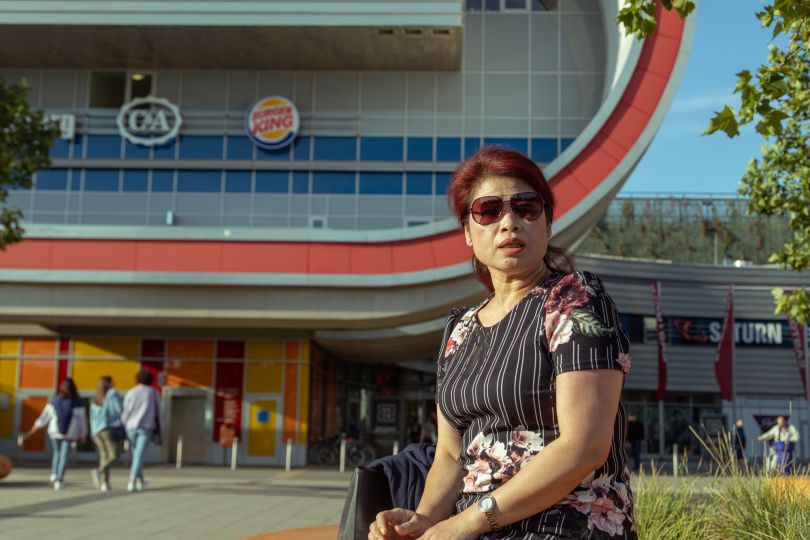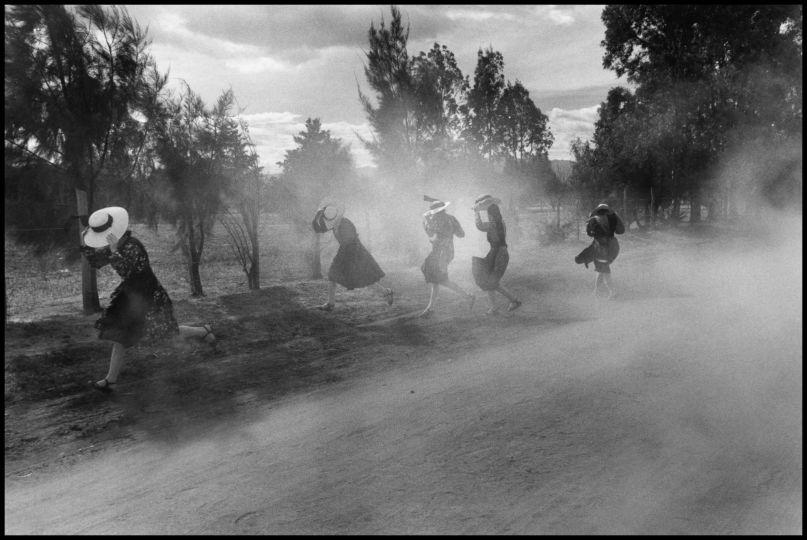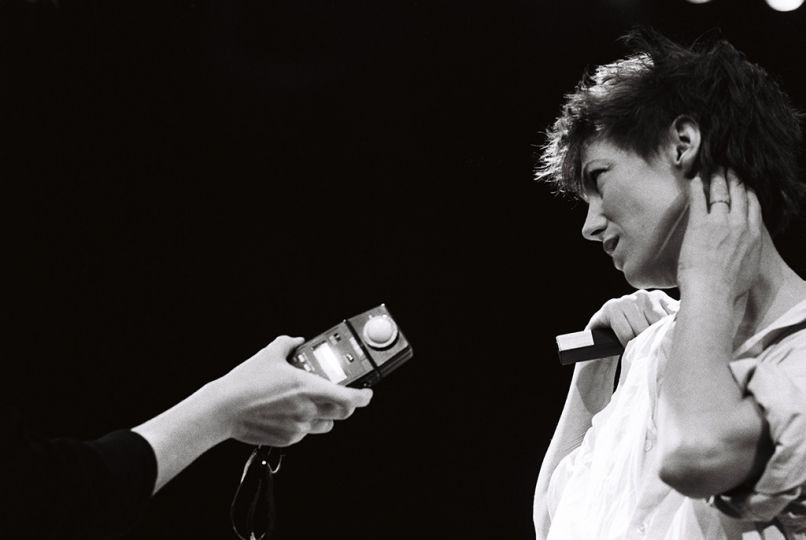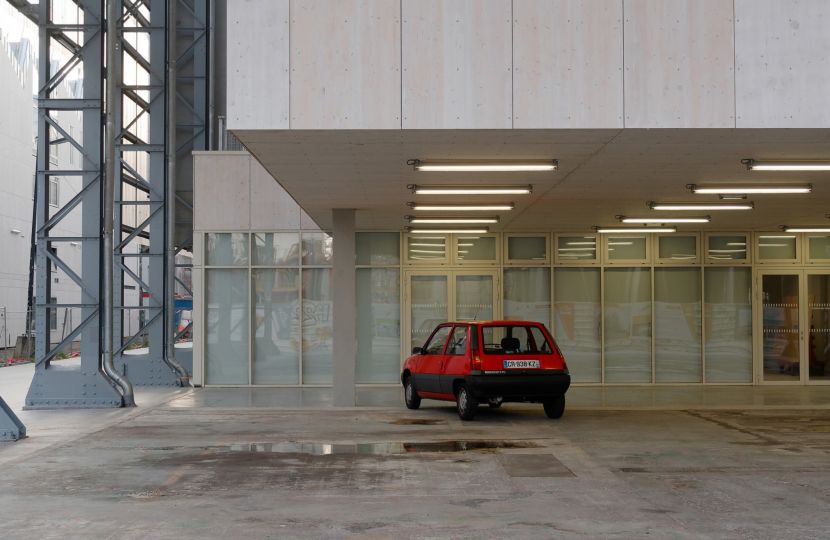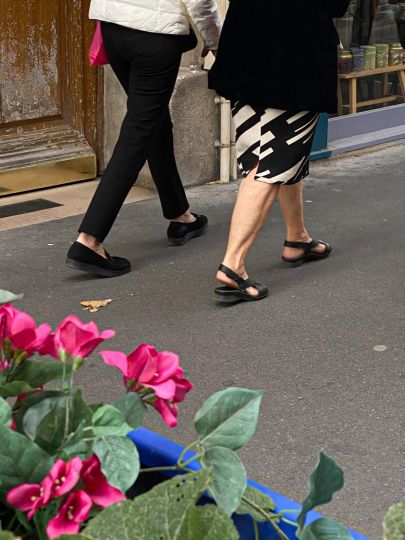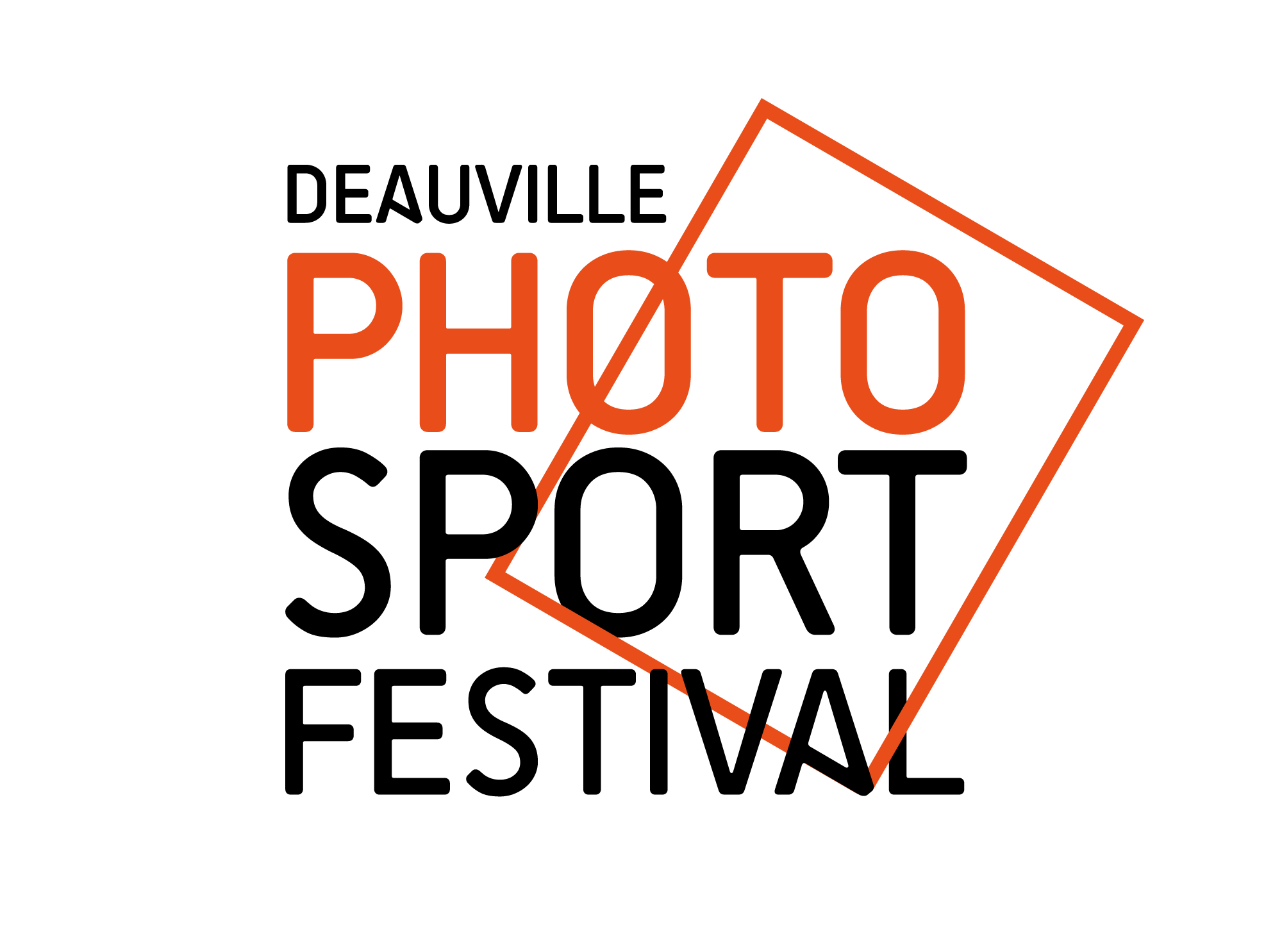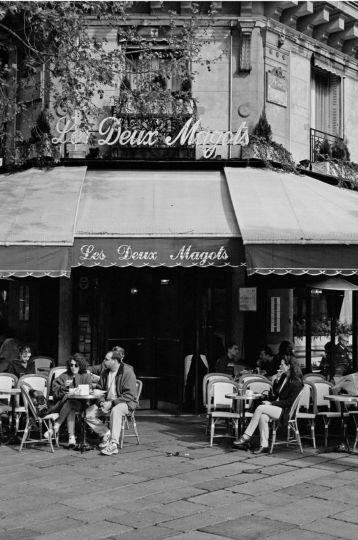Radical changes in the workplace after the turn
The fall of the Berlin Wall has produced many different stories, some of which are so specific and complex that they require a profound knowledge of German history in order to be understood. When designing projects that deal with historical issues, it is necessary to find the right balance between historical precision and emotional accessibility to arouse the viewer’s interest.
The photographic project Germany Übergestern (sponsored by the Federal Foundation for the Study of Communist Dictatorship in East Germany – GDR) investigates the stories of those people who did not fit into the new system after the fall of the wall with their previous professional biography, drastically change their job and career and they had to leave their former life behind.
The Italian photographer Dario J Laganà has met some of these people after extensive research on working and industrial culture of the GDR after the reunification period. In the exhibition he reconstructs a number of these personal life-paths in photographic portraits and interviews, which bring the reader and the viewer closer to this part of German history and its protagonists. Anyone who has worked or is still at work can easily identify with these types of stories. The universal connotation of work can be understood by anyone without the specific knowledge of the socio-political circumstances that characterized events after the fall of the Wall.
In addition to the radical changes that can be seen as negative changes in working life, there are also cases where the break with the past and reunification have brought a positive change and new opportunities.
Among other things, you will find stories of people who repaired umbrellas before the turnaround and now run a transportation company, a former member of the National Army that after run a gas station, a professor and dean of a West German university, who was denied studying in the GDR, the continuity story of Carl Zeiss company, who succeeded in overcoming the breaches of reunification or a woman from Vietnam who came to the GDR as a contract laborer and now works in a flower retailing shop.
It is not intention of the project to call on Ostalgie, the transfiguration of the past, a reunion and complete reconciliation of a society can only be achieved through the elucidation of the past, i. to look at the light and shadow sides without taboos.
Images:
(06) Thu Fandrich came as Vertragsarbeiterin (contract labourer) from Hanoi to work as a seamstress, as part of the Agreement on the temporary employment and the qualification of Vietnamese workers in enterprises of the GDR (around 69,000 Vietnamese people took advantage of the opportunity). After 1990, it was unclear how long the former GDR contract workers could remain in the reunified Germany. The government offered them 3,000 Marks and a free ticket to return to Vietnam, but Thu decided to stay and now works in a flower shop in Berlin-Marzahn.
(08) Wolfgang Wimmer grew up in the West and worked at the Department of Economic History of the FU Berlin. After the political change he moved to the new German states in 1996 and has been the Scientific Archivist ever since, head of the archives of ZEISS.
(10) Claus Suppe as a GDR foster kid, he already had to work as a little boy. He was denied a vocational training, but he got a job at the glassworks in Jena. Later on, he found his true vocation at the Deutsche Reichsbahn (the state railways of the post-war East Germany). Although he participated in the Peaceful Revolution, after the reunification of the German rail system, his work was not considered necessary and and he hasn’t had the opportunity to work since.
(19) Ulrich Müther was a civil engineer and builder, who was not only known in the East. In the 80s he designed and built the dome of the Zeiss Planetarium in Wolfsburg (West Germany) and in return Volkswagen delivered 10,000 VW Golf cars to the GDR. After the fall of the wall, his work quickly fell into oblivion, buildings were often empty for years, some were simply demolished. This only changed with the public controversy surrounding the Ahornblatt (Maple Leaf) in Berlin in 2000, that was unceremoniously bulldozed, despite a huge outcry. (Photo: beach rescue station in Binz, on Rügen, 2013)
(20) The Biotürme Lauchhammer are an industrial monument in the southern Brandenburg town of Lauchhammer in the district of Oberspreewald-Lausitz. This is the only remnant of a huge industrial area of more than 120 hectares where the coal briquettes were produced during GDR times with the help of bacteria. (2014)
Practical information:
Deutschland Übergestern, about Yesterday
by Dario J Laganà
08.11.2019-03.01.2020
Fotogalerie Friedrichshain, Berlin (S+U Warschauerstr.) http://fotogalerie.berlin (opening hours of the gallery)
Opening 07.11.2019 at 7PM
Official page: www.norte.it/due
FB Page: https://www.facebook.com/darioj.lagana/
FB Event: https://www.facebook.com/events/470284126903552/
Information
Fotogalerie Friedrichshain
Helsingforser Pl. 1, 10243 Berlin, Germany
November 08, 2019 to January 03, 2020

